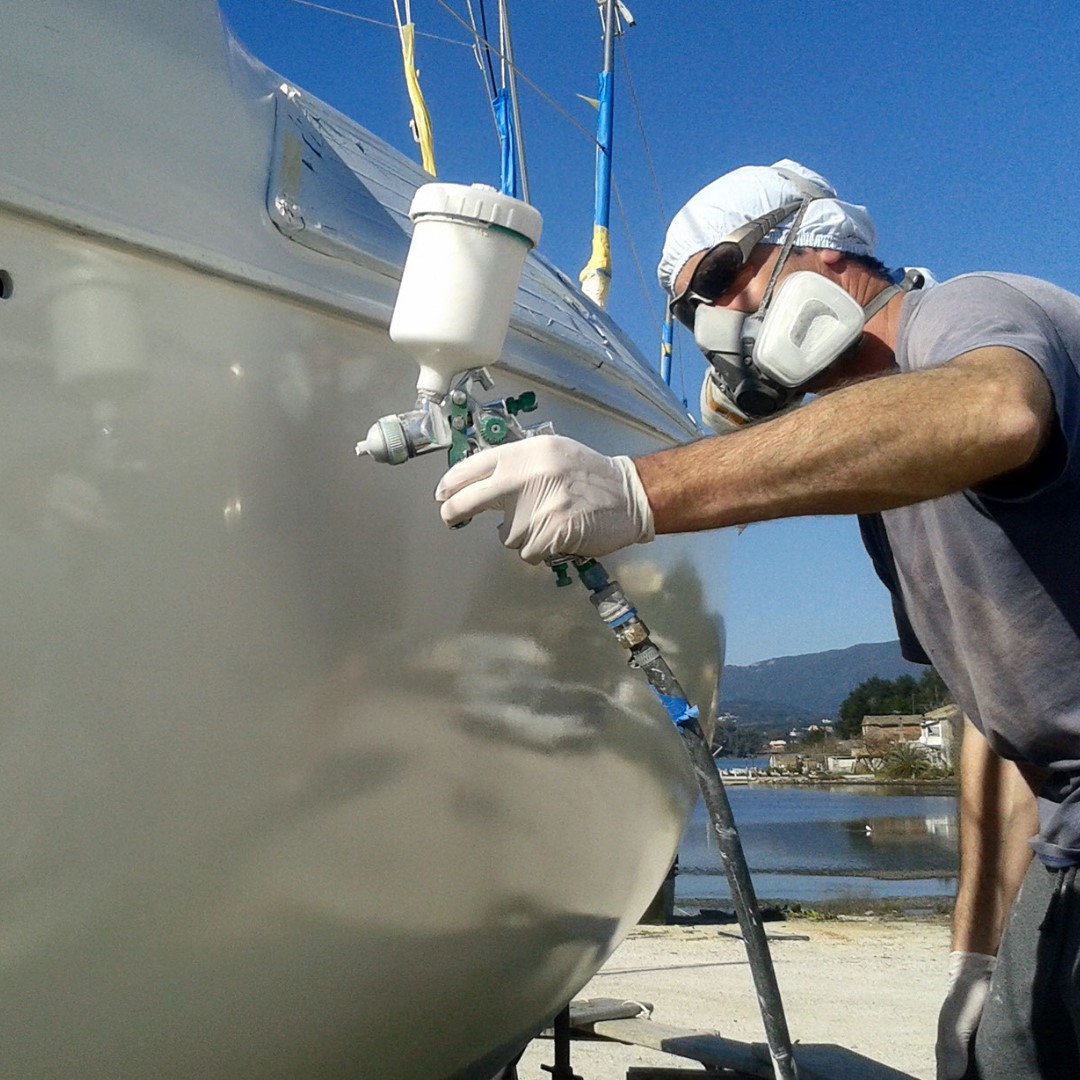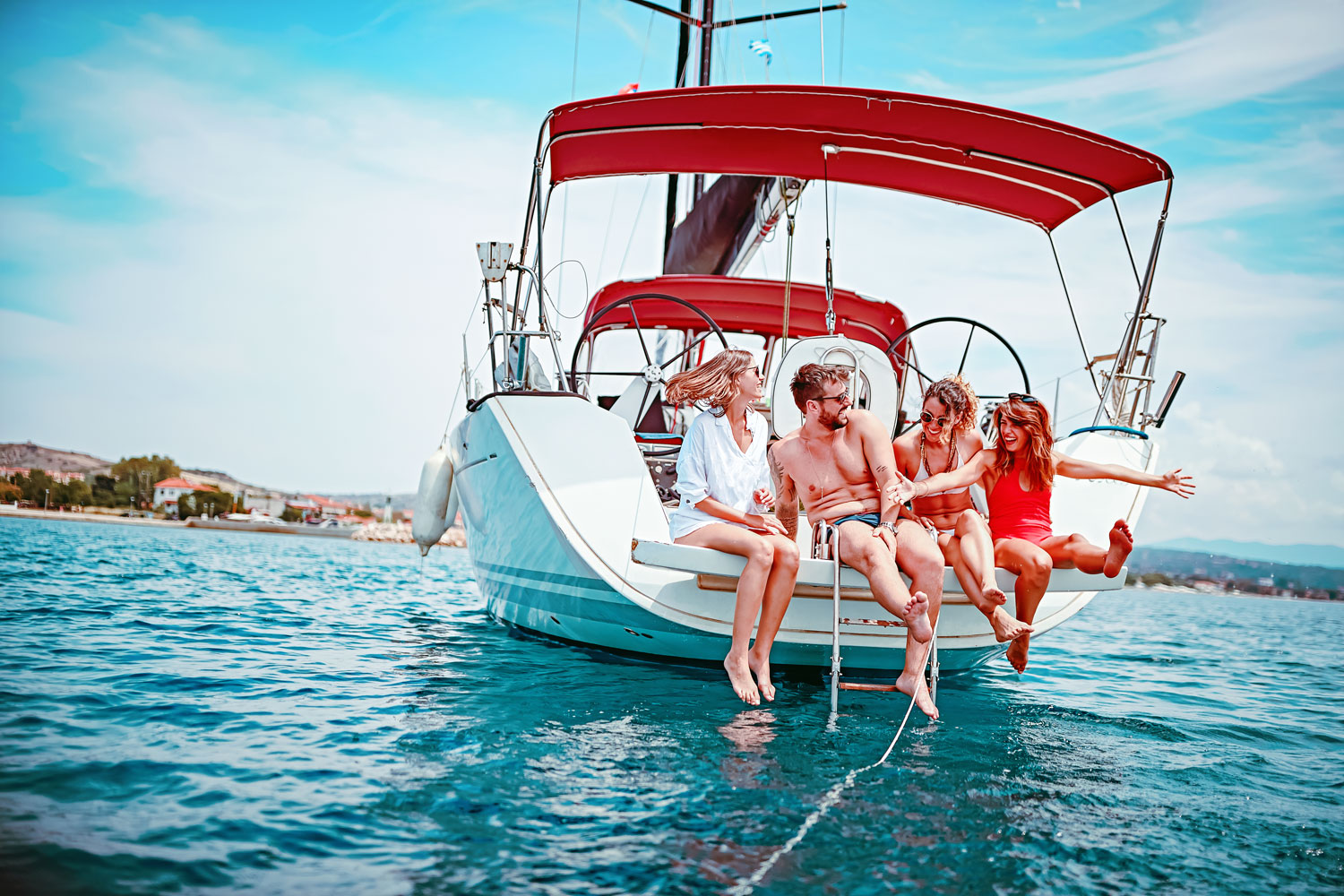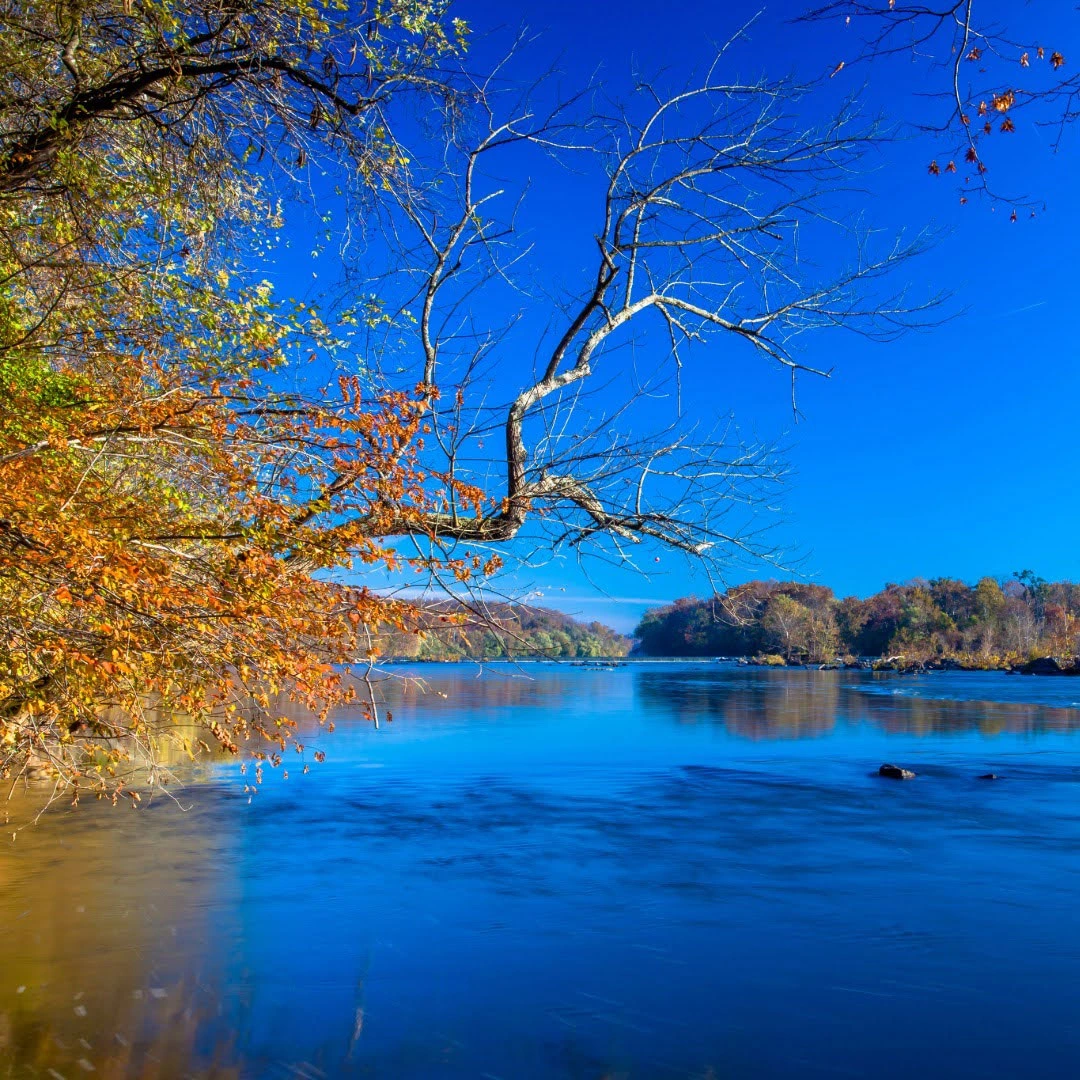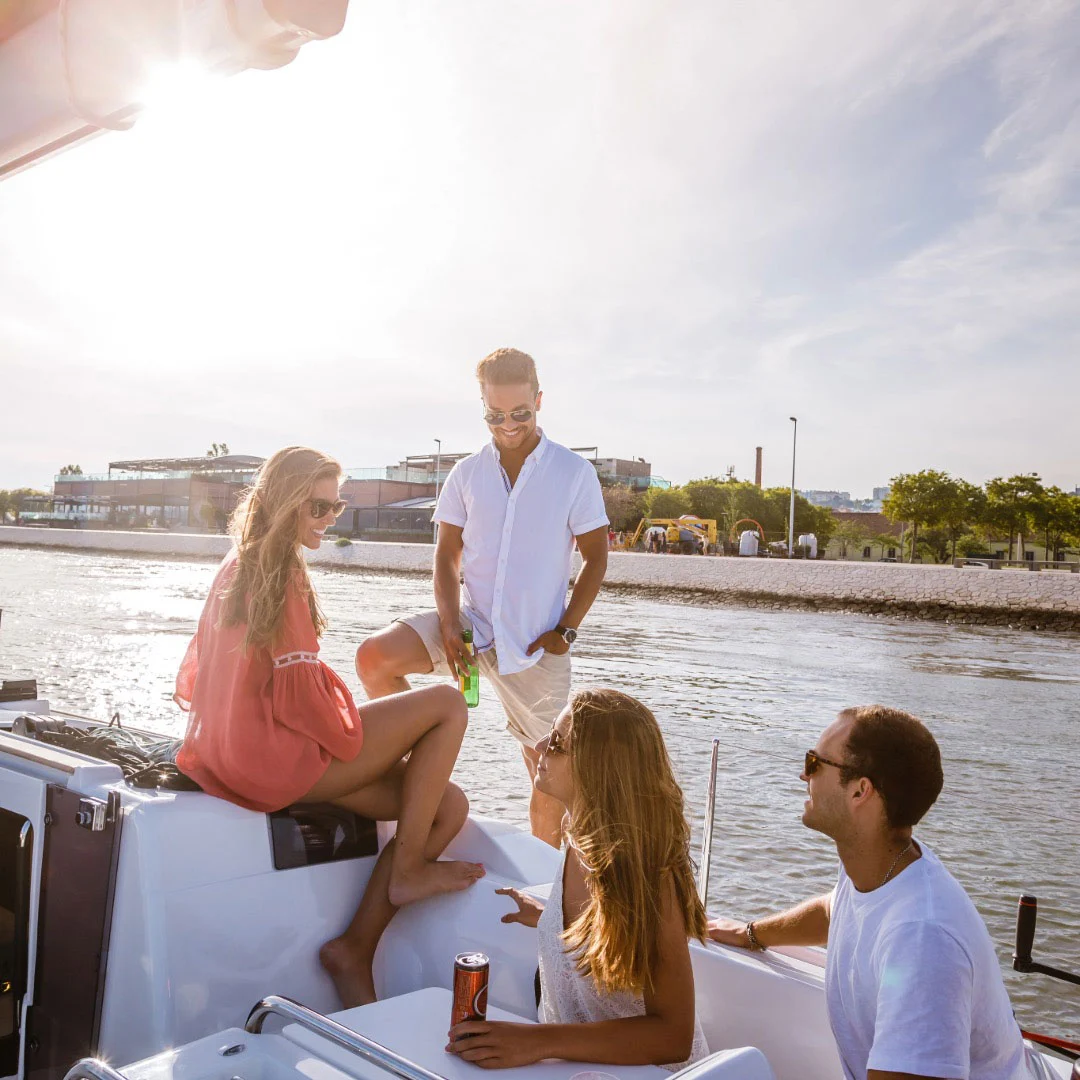Antifoul paint has long been hailed as a solution to prevent the growth of bacteria on the underside of boats, leading to enhanced performance and reduced maintenance. However, its widespread use raises concerns about the potential harm it can cause to the marine environment. Recent headlines have highlighted Orcas’ peculiar behavior of targeting sailboats, particularly those treated with black antifoul paint. In this article, we explore the connection between these incidents, discussing the benefits of antifoul paint, their potential environmental implications, and their influence on Orca behavior.
Bacterial Growth Prevention: – Antifoul paint contains biocides that effectively inhibit the growth of bacteria, algae, and other marine organisms on the hull of a boat. This prevents the formation of biofouling, which can decrease vessel speed and maneuverability.
Increased Fuel Efficiency: – By minimizing the accumulation of biofouling, antifoul paint helps reduce drag and friction, leading to improved fuel efficiency. This, in turn, lowers operational costs and carbon emissions.
Extended Lifespan: Regular maintenance and cleaning of boat hulls can be time-consuming and costly. Antifoul paint provides a long-lasting solution, extending the paint’s lifespan and reducing the frequency of maintenance requirements.
Environmental Concerns.
Environmental Impact: Antifoul black paint contains toxic biocides, such as copper and zinc compounds, released into the water over time. These chemicals can harm marine organisms, including fish, shellfish, and other aquatic life. Moreover, they can accumulate in sediments, potentially causing long-term ecological damage.

Disruption of Marine Ecosystems: The release of biocides from antifoul black paint can disrupt the balance of marine ecosystems by harming non-target organisms and affecting the food chain. This can have cascading effects on the overall health and biodiversity of coastal areas.
Could Anti-Fouling Paint be Responsible for Orca Attacks on Yachts?
Recent incidents involving Orcas ramming boats have made global headlines recently, with many scientists suggesting the blame lay with black antifoul paint. The incidents primarily unfolded near the Strait of Gibraltar, along the coast of Portugal and Spain. However, reports from various regions around the world have surfaced, documenting similar orchestrated attacks where Orcas deliberately ram boats, causing significant damage.
The targeted vessels in these attacks have predominantly been sailboats measuring under 49 feet in length, and over 50% of the targeted vessels were found to be coated with black antifoul paint.
While it is important to note that the exact reasons behind the Orcas’ behavior are still being studied, it has been suggested that the high copper content in black antifouling paint might be a contributing factor. Orcas are highly intelligent animals, and it is possible that they are sensitive to or affected by the release of toxic substances in the water. Then again, it could just be Orcas being Orcas and they could simply be enjoying interacting with slow-moving black-painted sailboats.
So far, there have been no widely reported incidents involving Orcas intentionally ramming boats in the United States related to the use of antifoul black paint. However, it is essential to continue monitoring and researching potential interactions between marine life and antifouling paints to ensure the long-term health of marine ecosystems.
Consider Alternative Paints.
While these paints have demonstrated their effectiveness in preventing bacterial growth and enhancing boat performance, their potential negative impact on the marine environment cannot be ignored. It is essential for boat owners and manufacturers to recognize the importance of seeking alternative, less harmful options that strike a balance between performance and environmental stewardship.

Furthermore, regulators play a vital role in ensuring the responsible use of antifouling paints. Implementing stringent guidelines and monitoring their compliance can help safeguard our precious marine ecosystems. By encouraging innovation and promoting the development of eco-friendly coatings, we can minimize the risks associated with traditional antifoul paints.
As custodians of our oceans, we bear the responsibility to protect and preserve the delicate balance of marine life. It is only through a collective effort, involving boat owners, manufacturers, and regulators, that we can create a sustainable future for our seas. By embracing alternative solutions and employing responsible practices, we can enjoy the benefits of boat maintenance without compromising the well-being of the marine environment. Let us strive to make informed choices, championing the protection of our oceans for generations to come.
More for you to read;
A Boaters Guide To Responsible And Sustainable Practices.











